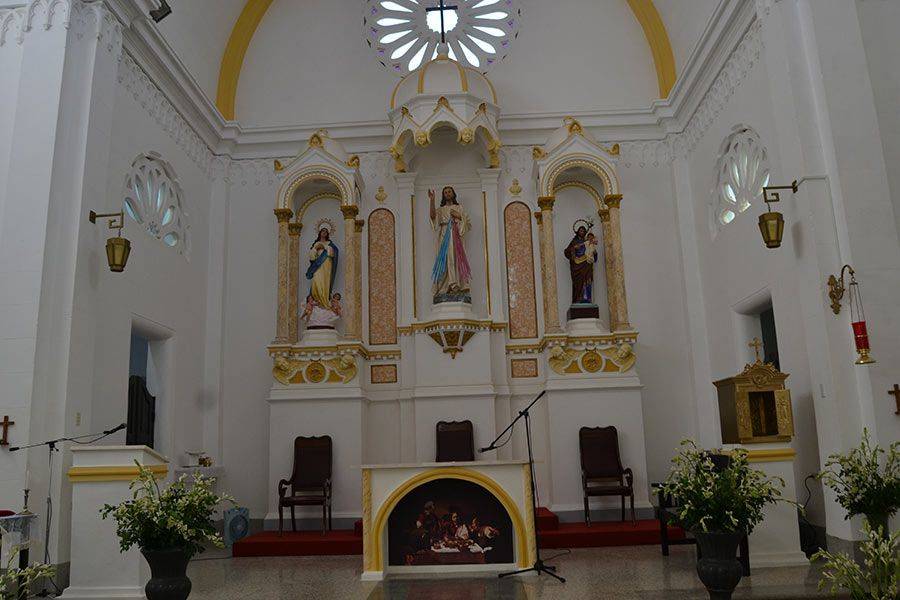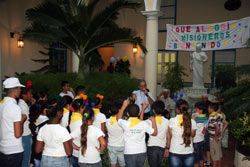Para ofrecer las mejores experiencias, utilizamos tecnologías como las cookies para almacenar y/o acceder a la información del dispositivo. El consentimiento de estas tecnologías nos permitirá procesar datos como el comportamiento de navegación o las identificaciones únicas en este sitio. No consentir o retirar el consentimiento, puede afectar negativamente a ciertas características y funciones.
El almacenamiento o acceso técnico es estrictamente necesario para el propósito legítimo de permitir el uso de un servicio específico explícitamente solicitado por el abonado o usuario, o con el único propósito de llevar a cabo la transmisión de una comunicación a través de una red de comunicaciones electrónicas.
El almacenamiento o acceso técnico es necesario para la finalidad legítima de almacenar preferencias no solicitadas por el abonado o usuario.
El almacenamiento o acceso técnico que es utilizado exclusivamente con fines estadísticos.
El almacenamiento o acceso técnico que se utiliza exclusivamente con fines estadísticos anónimos. Sin un requerimiento, el cumplimiento voluntario por parte de tu proveedor de servicios de Internet, o los registros adicionales de un tercero, la información almacenada o recuperada sólo para este propósito no se puede utilizar para identificarte.
El almacenamiento o acceso técnico es necesario para crear perfiles de usuario para enviar publicidad, o para rastrear al usuario en una web o en varias web con fines de marketing similares.

 RELIGIÓN
RELIGIÓN SOCIEDAD
SOCIEDAD CULTURA
CULTURA CULTURA
CULTURA RELIGIÓN
RELIGIÓN RELIGIÓN
RELIGIÓN


 Fotos de Anyel Judith Díaz Goenaga. Yo quiero un poquito… ¡noooo!… y yo tengo un carro… en su lugar… y yo también siento un carro… mi mamá se echa eso en los cristales… mi papá [...]
Fotos de Anyel Judith Díaz Goenaga. Yo quiero un poquito… ¡noooo!… y yo tengo un carro… en su lugar… y yo también siento un carro… mi mamá se echa eso en los cristales… mi papá [...]

 Uno de los grandes intelectuales cubanos del presente revela las claves de su prolija creación literaria y anuncia lo que tiene entre manos. Por segunda vez y casi puedo augurar no la última, Roberto [...]
Uno de los grandes intelectuales cubanos del presente revela las claves de su prolija creación literaria y anuncia lo que tiene entre manos. Por segunda vez y casi puedo augurar no la última, Roberto [...]

 El 23 de febrero de 2020, Leonardo Fernández Otaño, joven católico cubano, salía hacia España por un período de dos meses y quince días. No imaginó nunca que su estancia en esa tierra se prolongaría [...]
El 23 de febrero de 2020, Leonardo Fernández Otaño, joven católico cubano, salía hacia España por un período de dos meses y quince días. No imaginó nunca que su estancia en esa tierra se prolongaría [...]






























































